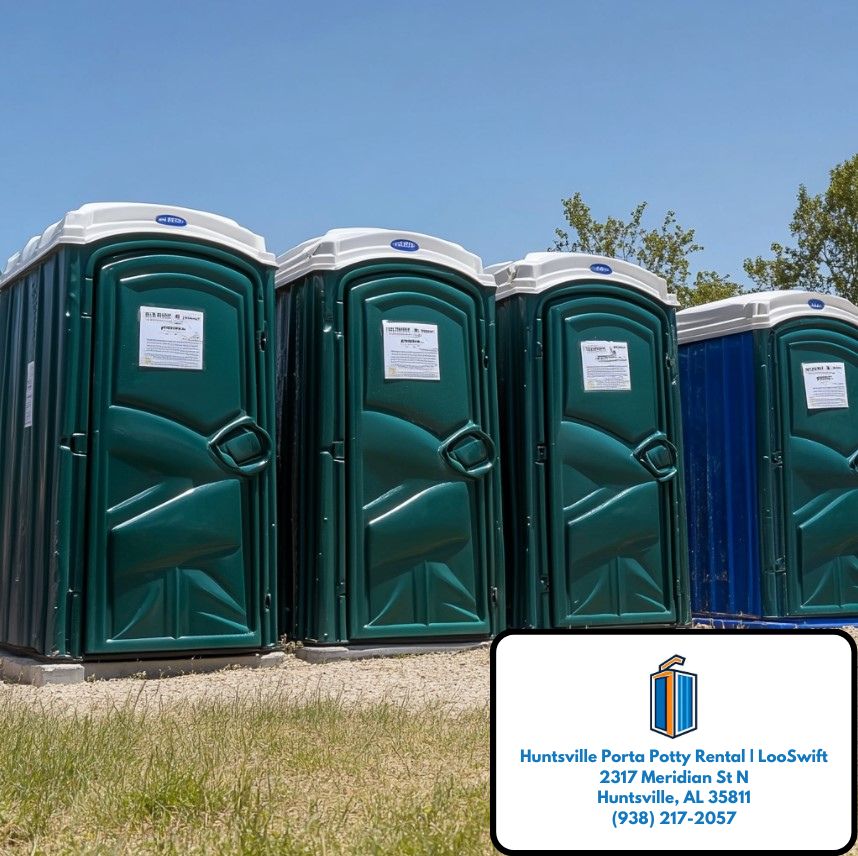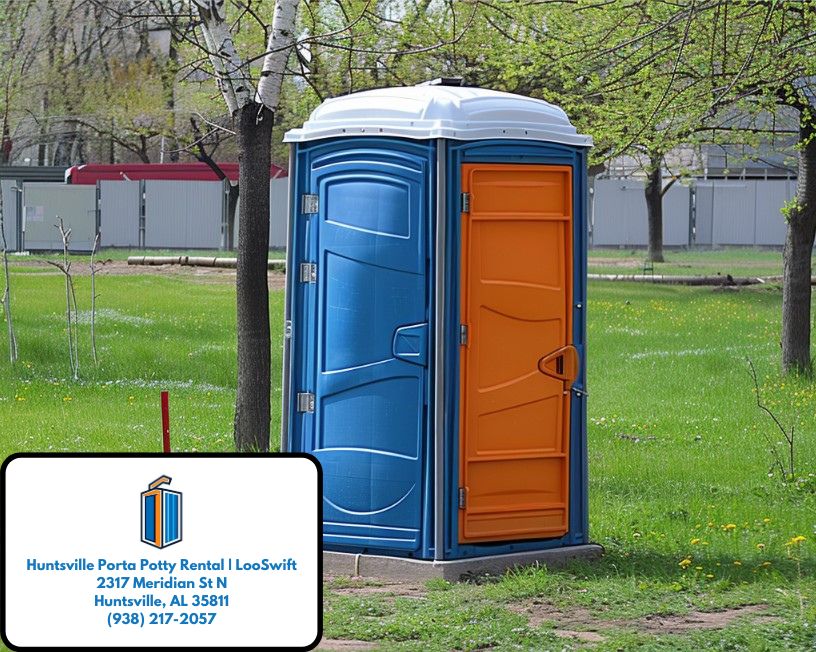Introduction
When it comes to designing an accessible bathroom, understanding the Key Features of an ADA Compliant Bathroom Vanity is paramount. The Americans with Disabilities Act (ADA) sets forth guidelines that ensure accessibility for individuals with disabilities, promoting inclusivity in public and private spaces. In this article, we will explore the essential features, considerations, and regulations surrounding ADA compliant bathroom vanities. From height specifications to design elements that enhance usability, we’ll porta potties delve deep into what makes a bathroom vanity truly compliant.
Key Features of an ADA Compliant Bathroom Vanity
An ADA compliant bathroom vanity isn't just about meeting standards; it's about enhancing the experience of users with disabilities. Let's break down these key features:
Height Specifications
The height of the vanity is crucial. According to ADA regulations, the countertop should be between 28 inches and 34 inches high. This range accommodates individuals who use wheelchairs and those who may not require mobility aids but still benefit from a lower surface.
Knee Clearance
Another vital feature is knee clearance. The space beneath the sink must allow enough room for wheelchair users to roll under comfortably. Typically, a minimum of 27 inches clearance from the floor to the underside of the vanity is required.
Accessible Sink Design
Sinks installed in ADA compliant vanities must have lever handles or touchless faucets to make them easy to operate for individuals with limited hand strength or dexterity. The faucet controls should be easy to reach from a seated position as well.
Material Considerations
Using non-slip surfaces for countertops can help prevent accidents, making it safer for all users but especially important for those with mobility challenges.
Storage Accessibility
Cabinet doors should ideally be easy to open, using either pull-out mechanisms or doors that swing outward without requiring excessive force. Storage should also be placed within reach so that all items are accessible without stretching or bending.
Lighting and Visibility
Good lighting is essential in any bathroom setting but even more so in accessible designs. Vanity areas should be sufficiently illuminated without harsh shadows, which can hinder visibility for individuals with vision impairments.
Understanding ADA Regulations for Bathrooms
What Are the OSHA Rules for Porta-Potties?
When discussing accessibility, it’s also worth noting portable toilets in public spaces. OSHA rules require that portable toilets be placed where they are easily accessible and maintained regularly to ensure sanitation and usability.
What Is Considered an ADA-Compliant Toilet?
An ADA-compliant toilet must meet specific criteria including height (between 17-19 inches), clear space around it (at least 60 inches wide), and appropriate grab bars positioned within certain dimensions.
Portable Toilets: A Closer Look at Accessibility
What Size Is the ADA Portable Toilet?
ADA compliant portable toilets are generally larger than standard units, providing adequate space for wheelchair maneuverability—usually measuring about 60 x 60 inches portable toilet rental internally.
How Do You Make a Toilet ADA-Compliant?
To ensure compliance:
Install grab bars. Position the toilet at appropriate heights. Ensure there’s enough clear space around it. Use flush mechanisms that are easy to operate.
Usage and Maintenance of Portable Toilets
How Many People Can Use a Porta-Potty in a Day?
The capacity depends on usage patterns but generally speaking, one portable toilet can accommodate about 10-20 users per day depending on various factors like duration of use and frequency of cleaning.
How Sanitary Is a Porta Potty?
While they can sometimes get a bad rap, regular maintenance ensures porta potties remain sanitary if cleaned frequently—ideally every few days during heavy use periods.
Design Considerations in Accessible Bathrooms
Does an ADA Bathroom Have to Have a Urinal?
Not necessarily! While urinals can be included in accessible bathrooms, they aren’t mandatory if other facilities provide equivalent access.
Is a Push Button Toilet ADA Compliant?
Yes! Push-button toilets can enhance accessibility as long as they are positioned correctly and easy to reach from both sitting and standing positions.
Space Requirements in Accessible Design
What Is the Smallest ADA-Compliant Bathroom?
While there isn’t an absolute minimum size defined by law, aiming for at least 5 feet by 8 feet provides sufficient space for maneuverability while meeting most requirements for fixtures.

How Far Does an ADA Toilet Have to Be Off the Wall?
The centerline of an ADA toilet must be between 16-18 inches away from adjacent walls or fixtures ensuring comfort during use.

Capacity & Maintenance of Portable Toilets
How Many Gallons Can a Porta-Potty Hold?
Typically, standard porta-potties hold around 50 gallons of waste material before needing servicing—a crucial factor in event planning or construction sites.
What Happens When a Porta Potty Is Full?
Service companies will empty out full units regularly; hence it's always recommended to schedule regular pickups based on anticipated usage levels during events or construction activities.
FAQs
What Are ADA Guidelines For Bathrooms?
The guidelines cover aspects like fixture heights, spacing requirements around toilets and sinks, as well as grab bar installation specifications among others.
Are All Toilets ADA Compliant?
No, only those designed specifically following width (minimum measurements), height (17-19 inches), and features such as grab bars qualify under ADA standards.
What Makes a Shower ADA Compliant?
Showers need non-slip flooring options along with grab bars installed at specific heights ensuring safety while providing enough maneuverability.
How Often Should A Porta Potty Be Cleaned?
Ideally once every three days during heavy use; however frequent cleaning may be necessary based on user volume.
Can An ADA Bathroom Have A Pocket Door?
Yes! As long as operable without undue force ensuring accessibility remains intact throughout its use period.
li10/ol2/hr9hr9/hr10hr10/##
In conclusion, designing spaces that cater specifically towards accommodating varying abilities opens opportunities enriching lives by making everyday tasks easier—so let’s embrace these changes today!